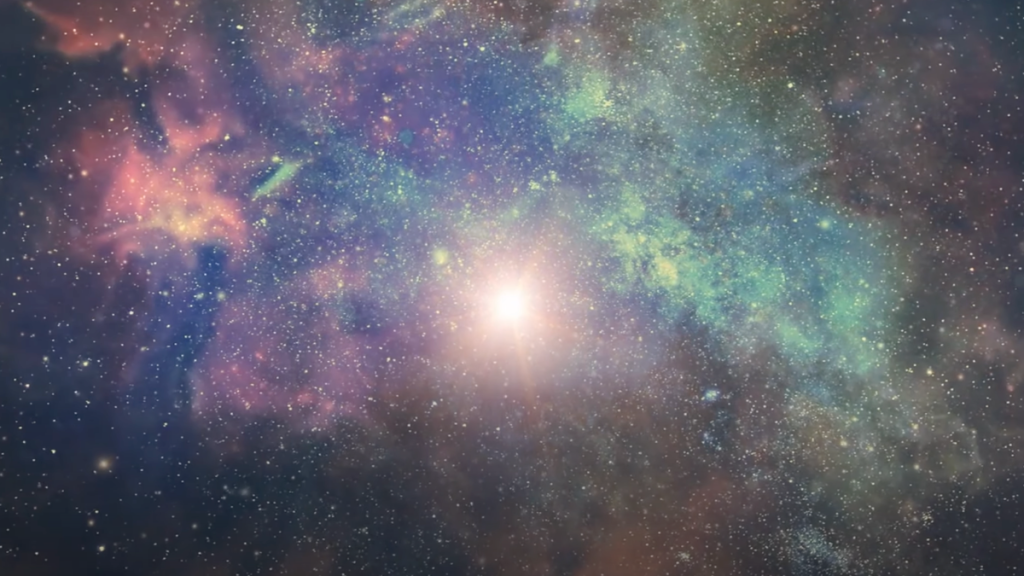Just after witnessing a rare total solar eclipse, space enthusiasts will have the “once-in-a-lifetime” opportunity to see an exploding star so bright that it will be visible to the naked eye.
According to NASA, the explosion will soon take place in a star system 3,000 light-years away called T Coronae Borealis, which is between the Milky Way’s Boötes and Hercules constellations.
Unlike a supernova, which is when a star explodes and dies, this will be a nova—or a short explosion from a collapsed star, also known as a white dwarf.
T Coronae Borealis includes an aging red giant star and a dead white dwarf star. And about every 79 years, it produces a nova. This happens because the two orbiting stars are so close to each other that they violently interact. Over time, the red giant heats up and becomes unstable. It spreads its outer layer matter to the white dwarf, which causes that star’s atmosphere to heat up until it finally has a “runaway thermonuclear reaction.”
The Rare Nova Will Happen Any Day
Astronomers are closely watching for the exploding star event that could happen any day.
“Most novae happen unexpectedly, without warning,” NASA Meteoroid Environments Office Lead William J. Cooke told CNN. “However, T Coronae Borealis is one of 10 recurring novae in the galaxy. We know from the last eruption back in 1946 that the star will get dimmer for just over a year before rapidly increasing in brightness. T Coronae Borealis began to dim in March of last year, so some researchers are expecting it to go nova between now and September. But the uncertainty as to when this will happen is several months — can’t do better than that with what we know now.”
Typically, T Coronae Borealis is too dim to see from Earth. But when the explosion happens, it will be about as bright as the North Star and will remain visible for three to four days before it fades away for 79 years.
For updates and close-up photos of the exploding star, follow the NASAUniverse account on X.
You can find the source of this story’s featured image here.
Want to be happier in just 5 minutes a day? Sign up for Morning Smile and join over 455,000+ people who start each day with good news.



